NEWS
-
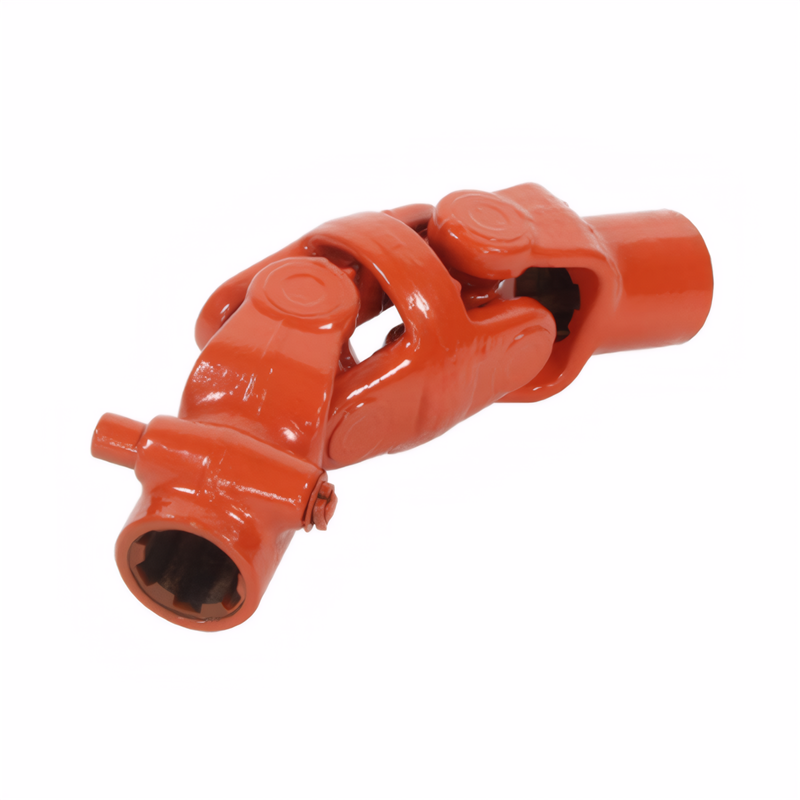
The principle of torque transmission by a drive shaft
Drive shafts serve as mechanical linkages that transfer rotational force from power sources to driven components. Their operation relies on precise engineering principles to maintain consistent torque delivery across varying operating conditions.Read more -
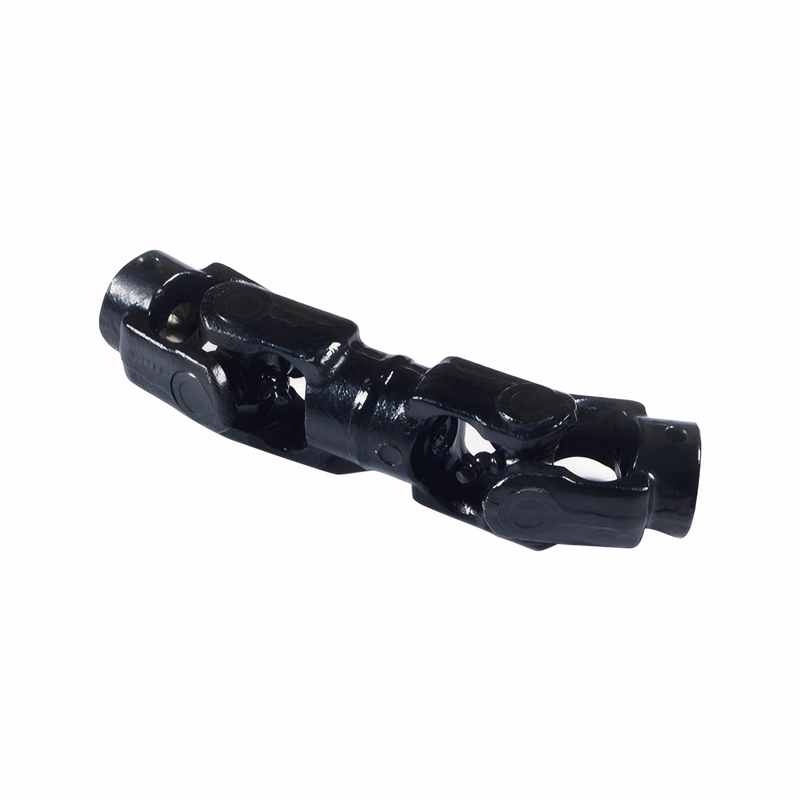
The drive shaft of the front-engine, front-wheel drive model
Front-engine front-wheel-drive (FF) vehicles employ specialized drive shaft designs optimized for compact packaging and efficient power delivery. These components differ significantly from rear-wheel-drive counterparts in their structural configuration and operational characteristics.Read more -
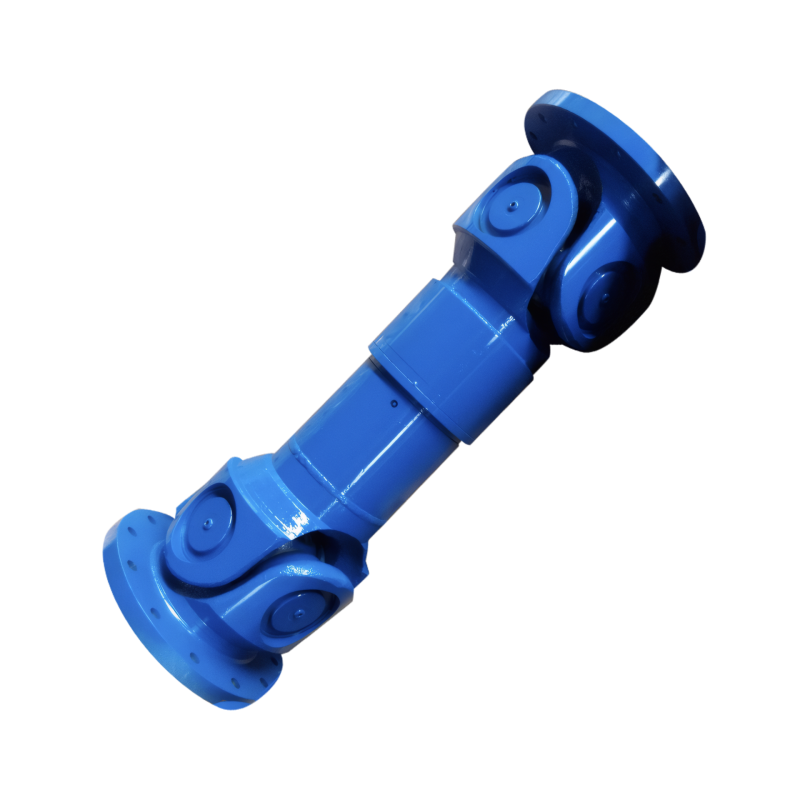
The load-bearing capacity of commercial vehicle drive shafts
Commercial vehicle drive shafts must withstand extreme torque loads and operational stresses while maintaining reliability under continuous vibration. Their design incorporates specialized materials and structural innovations to achieve optimal load-bearing performance.Read more -

Introduction to the durability of off-road vehicle drive shafts
Off-road vehicles operate under extreme conditions that demand exceptional durability from their drive shaft components. These specialized components must withstand severe impacts, constant angular variations, and high torque loads while maintaining reliable power transmission.Read more -
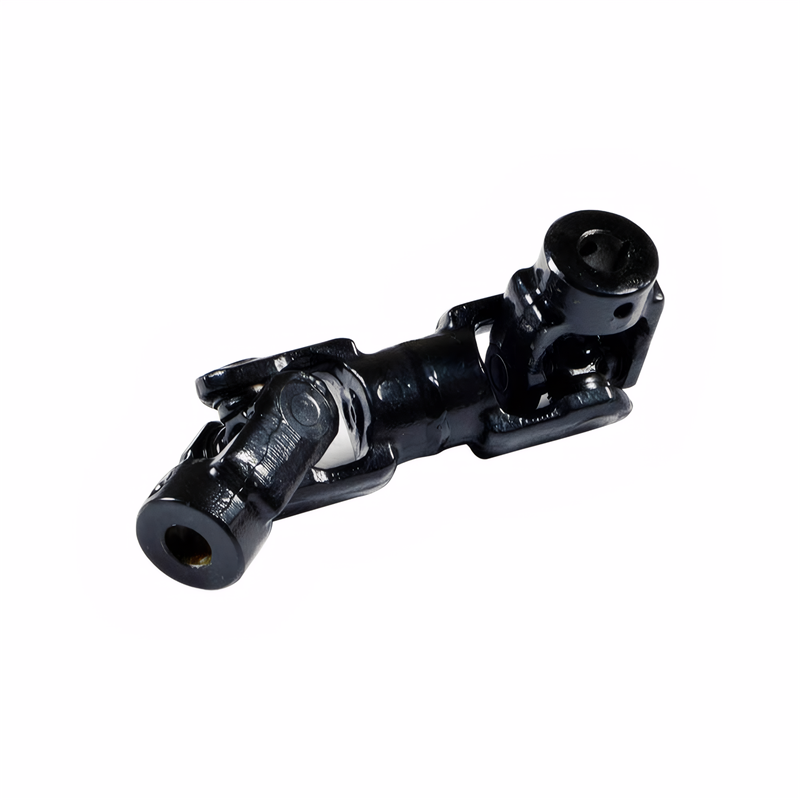
The design features of car drive shafts
Passenger car drive shafts are engineered to balance performance, durability, and efficiency while adapting to diverse drivetrain configurations. Their design incorporates specialized components and structural innovations to meet the demands of modern automotive engineering.Read more -

Application scenarios of non-uniform speed drive shafts
Non-constant velocity drive shafts, also known as unequal-velocity universal joint shafts, play a crucial role in power transmission systems where angular variations between connected components are inevitable. These shafts demonstrate exceptional adaptability in scenarios requiring reliable torque transfer despite cha...Read more -
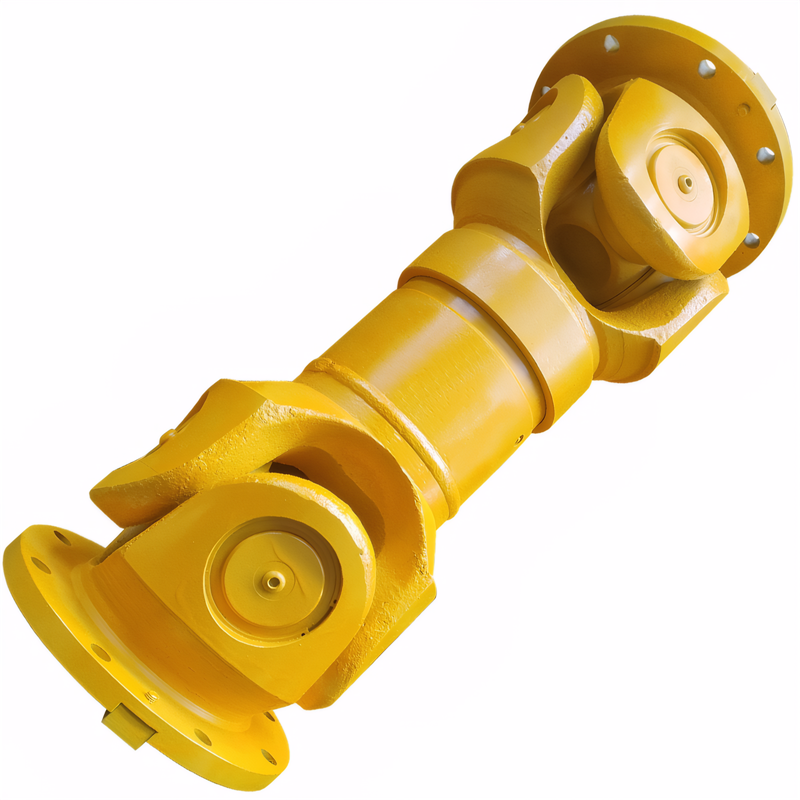
The applicable vehicle models for integral drive shafts
One-piece transmission shafts represent a traditional yet effective drivetrain component design, offering distinct advantages in specific vehicle configurations. Their simplified construction and robust performance characteristics make them suitable for various automotive applications.Read more -

The advantages of segmented drive shafts
Segmented transmission shafts have become a preferred solution in automotive drivetrain systems due to their ability to address multiple engineering challenges while enhancing overall performance. These shafts, composed of multiple sections connected via universal joints or flexible couplings, offer distinct advantages...Read more -

Characteristics of the front-engine rear-wheel drive vehicle drive shaft
Transmission shafts in front-engine rear-wheel-drive (FR) vehicles serve as critical components for power transmission, connecting the变速器 (transmission) to the主减速器 (final drive) while accommodating dynamic operational conditions. Their design and functionality directly impact vehicle performance, durability, and drivin...Read more -
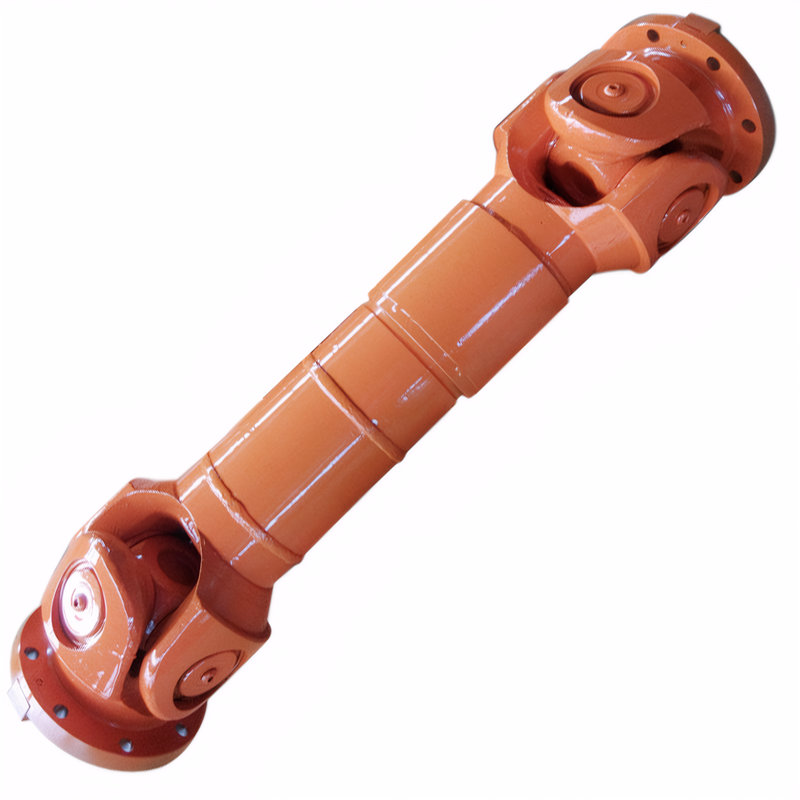
The installation method of the drive shaft protective cover
Transmission shaft protective covers serve as critical barriers against contaminants, moisture, and mechanical damage in automotive drivetrain systems. Proper installation ensures optimal performance and extends component lifespan by maintaining clean operating conditions and preventing premature wear.Read more
 简体中文
简体中文 English
English
